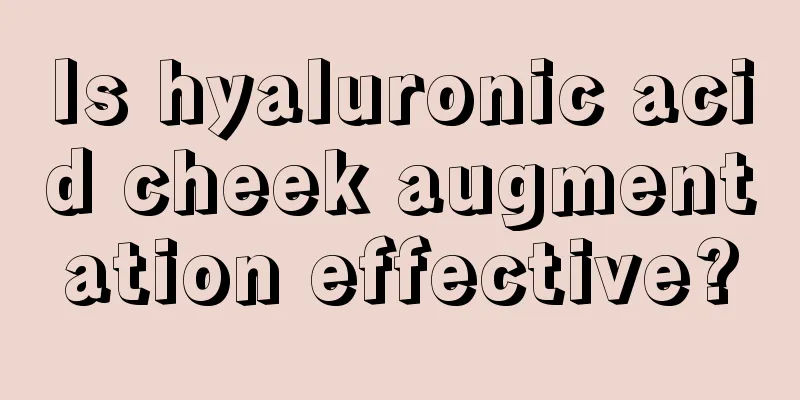Symptoms of postmeningitis

|
After patients receive treatment for meningitis in the hospital, some patients will experience sequelae, such as hydrocephalus, cranial nerve paralysis, etc. These are manifestations of sequelae of meningitis. When patients experience sequelae, don't be anxious. You should seek medical attention immediately and let the doctor give you professional treatment. This is the best way. Tuberculous meningitis is the most serious disease of tuberculosis in children. It is part of systemic tuberculosis and is caused by the tuberculosis bacteria entering the brain tissue through the blood circulation. The early symptoms of tuberculous meningitis are changes in the child's mental state, such as a previously quiet child becoming irritable and crybaby, or a previously lively child becoming mentally dull and not liking to play games. Other symptoms include low fever, loss of appetite, vomiting, restless sleep, and weight loss. Older children may complain of headaches. If the condition is serious, the child's headache will be persistent and worsen, vomiting will worsen and may become projectile, drowsiness will gradually appear, and convulsions may occur. After the convulsions stop, the child will be conscious. If the condition worsens further, coma, frequent convulsions, and muscle relaxation and paralysis of the limbs may occur. Breathing irregularities may also occur, and some patients may die. If tuberculous meningitis is not treated promptly or regularly, serious sequelae such as hydrocephalus, cerebral hemorrhage, limb paralysis, epilepsy, blindness, and mental retardation may occur. The most basic method to prevent tuberculous meningitis is to prevent children from being infected with tuberculosis. Children should be vaccinated with BCG right after birth, and revaccinated every 3 to 4 years, and avoid contact with tuberculosis patients. When children have recurrent low-grade fever and cough that is difficult to cure, they should go to the hospital for a chest X-ray. If it is confirmed to be pulmonary tuberculosis, it should be treated thoroughly to prevent it from spreading to the brain. If a child has a long-term low fever, a change in mental state, persistent headaches, and vomiting, he or she should go to the hospital to check the cerebrospinal fluid. If tuberculous meningitis is confirmed, thorough and regular treatment should be given to reduce the occurrence of sequelae. |
<<: What are the side effects of C6 laser freckle removal?
>>: What are the benefits of washing your face with baking soda?
Recommend
The difference between eyebrow pencil and eyeliner
When putting on makeup, you must draw eyebrows an...
Wash your face with Gardenia
There are many ways to wash our faces in daily li...
Is it good to apply a facial mask every day?
There are always some people who love beauty very...
How effective are cosmetic face-lift injections?
Now is an era where thinness is considered beauti...
The role of vitamin E and beauty methods
Beauty and skin care has always been a very hot t...
Eye bag removal surgery
For young friends who love beauty, the problem of...
What are the quick ways to get rid of acne?
Acne removal is something that everyone will enco...
Is laser freckle removal useful?
Many people believe that only elderly people deve...
What is the order of using lotions, lotions, creams and essences in cosmetics?
Cosmetics are popular items in modern life and are...
Tips for dull skin
Love of beauty is a woman's nature, and a wom...
The magical use of cotton pads
Ladies, don’t underestimate cosmetic cotton pads....
Is cold light teeth whitening good?
Many people want to have white teeth, but the rea...
How to reduce the size of facial bones effectively
People with facial bones hope to make them smalle...
How to choose moisturizing cosmetics that suit you
If you want to have beautiful skin, regular care ...
Three major care methods for acne
Children in adolescence develop rapidly and their...









